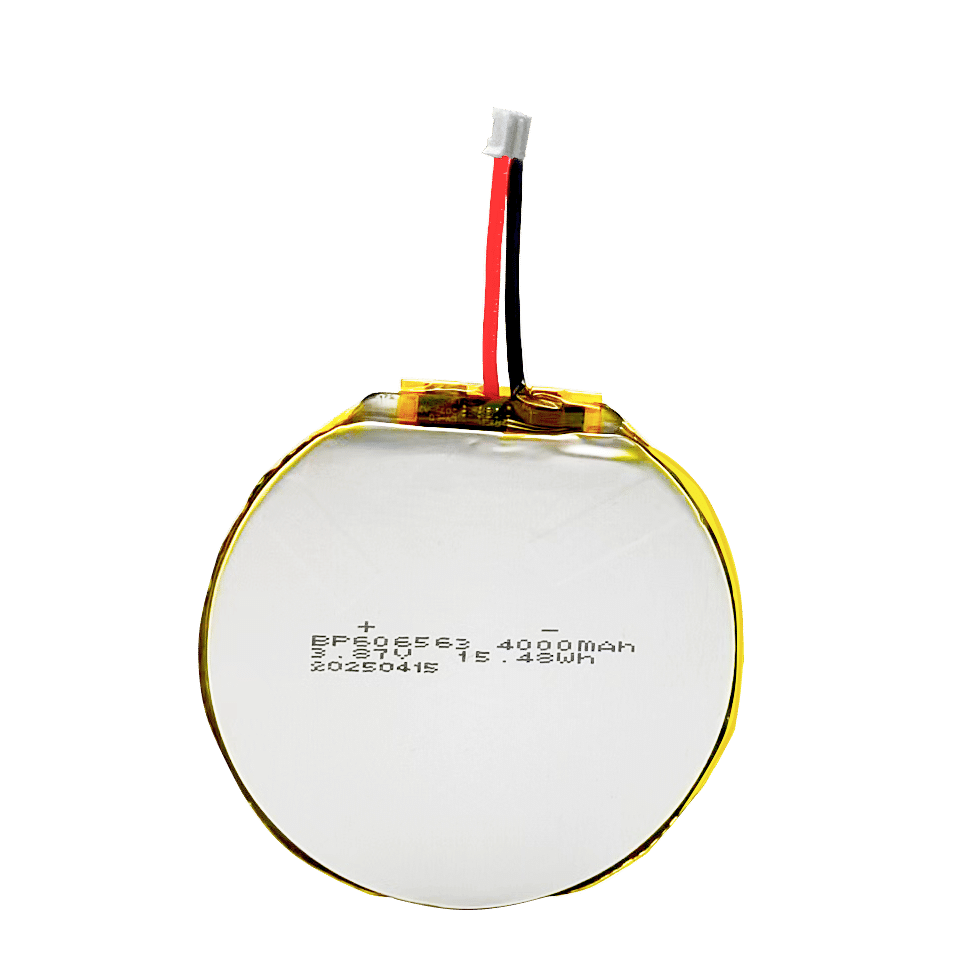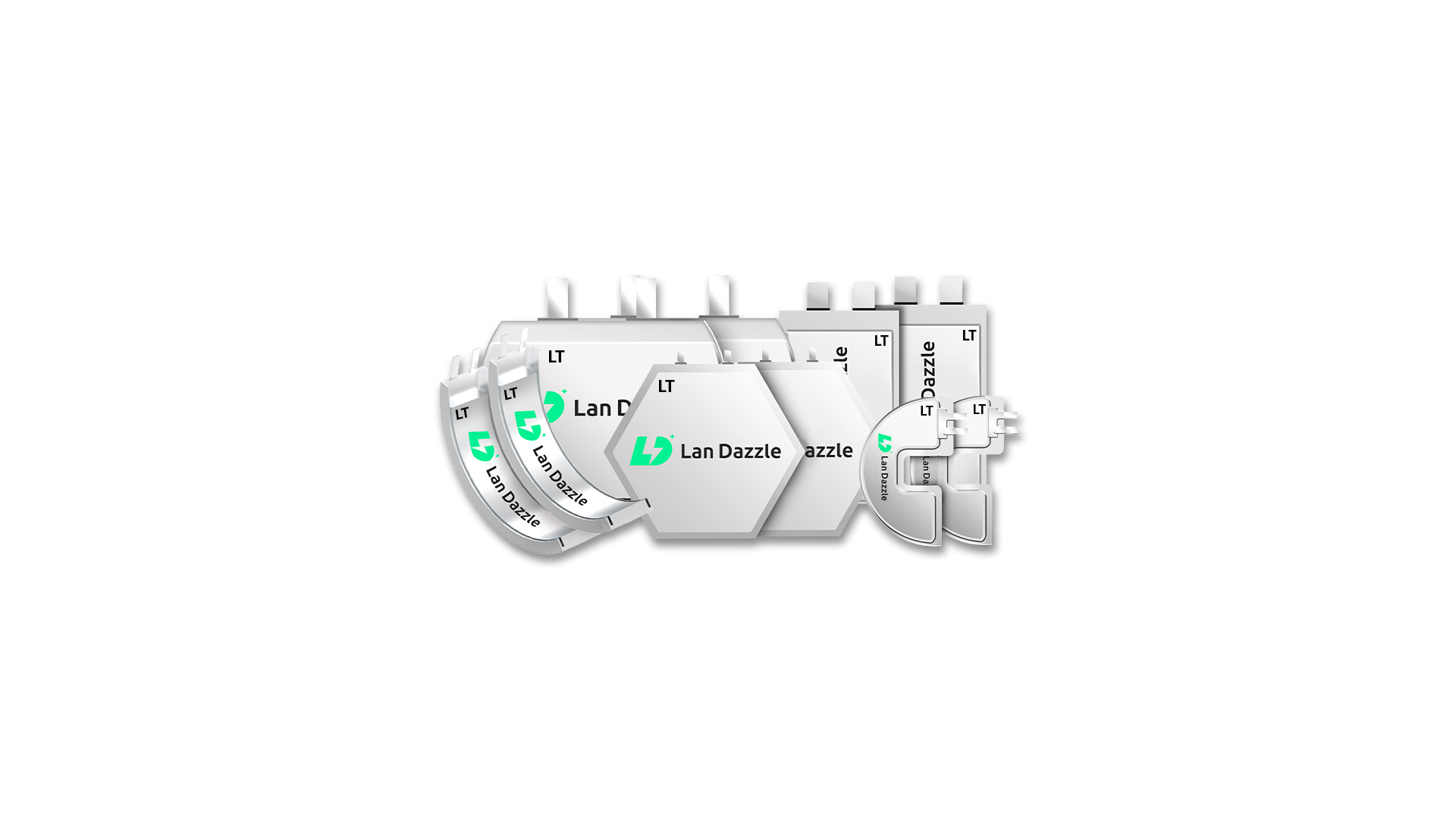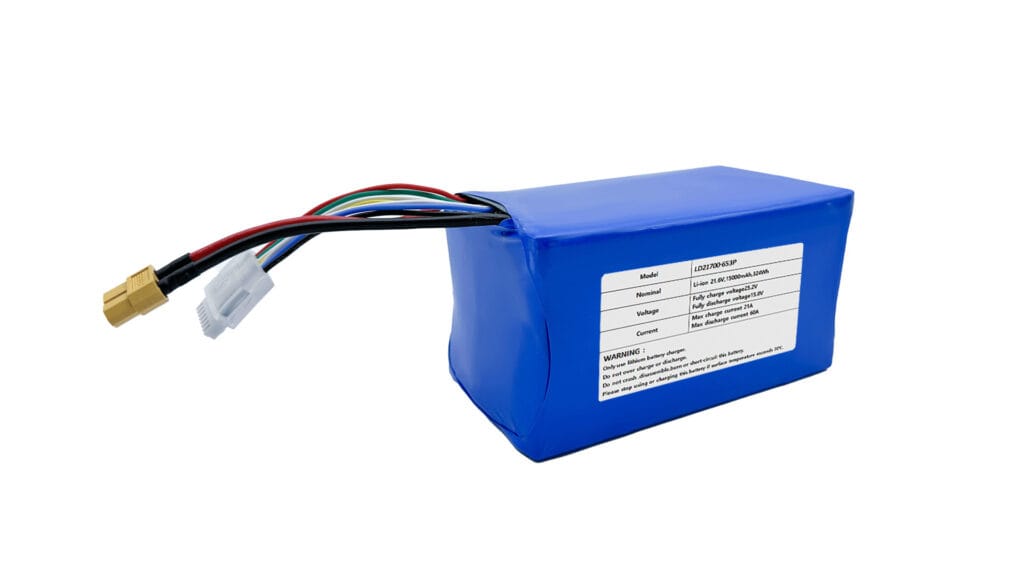In the palm of your hand, strapped to your wrist, or resting on your lap, a silent revolution is powering your daily life. From the ultra-slim smartphone that connects you to the world to the lightweight laptop that fuels your productivity, the unsung hero is the battery. Specifically, the Lithium-Polymer (Li-Polymer or LiPo) battery has emerged as a dominant force, enabling the sleek, powerful, and portable gadgets we’ve come to rely on. But what makes this battery technology so special?
What Are Li-Polymer Batteries? A Brief Overview
At its core, a Li-Polymer battery is a type of rechargeable battery that, like its cousin the Lithium-Ion (Li-Ion) battery, uses lithium-ion technology. The key difference, and where the “polymer” part comes in, lies in the electrolyte. Instead of a liquid solvent, Li-Polymer batteries use a high-conductivity gel-like or solid polymer electrolyte. This seemingly small change has massive implications for battery design, safety, and application, marking a significant step forward in energy storage.
The Growing Demand for Better Batteries in Modern Gadgets
As our devices become more powerful, with brighter screens, faster processors, and more complex sensors, the demand for a better power source has skyrocketed. Consumers now expect their gadgets to be not only powerful but also incredibly thin, lightweight, and long-lasting. This is where the unique advantages of Li-Polymer battery technology come into play, offering a solution that meets the aesthetic and performance demands of the 21st century.
Unpacking the Benefits: What Makes Li-Polymer Superior?
The rise of Li-Polymer batteries isn’t a coincidence. It’s a direct result of their distinct advantages over older battery technologies. These benefits address the core needs of modern electronics: efficiency, portability, and design freedom.
Advantage 1: Unmatched Design Flexibility & a Slim Profile
The most significant advantage of Li-Polymer batteries is their incredible form factor flexibility. Because the polymer electrolyte is a gel or solid, it doesn’t require a rigid, cylindrical metal case like traditional Li-Ion batteries. Instead, LiPo cells are encased in a flexible foil-like pouch.
This allows manufacturers to create batteries in almost any shape and size imaginable. They can be molded to fit into the nooks and crannies of a device, maximizing internal space and enabling the ultra-slim designs we see in flagship smartphones and ultrabooks. Some Li-Polymer batteries can be made as thin as a credit card, a feat impossible with conventional battery types. This design freedom is a game-changer for engineers, allowing them to prioritize user experience and ergonomics without being constrained by a bulky, fixed-shape power source.
Advantage 2: Lightweight Champion for Portability
In a world where every gram counts, especially in handheld devices and wearables, the lightweight nature of Li-Polymer batteries is a massive plus. The absence of a heavy metal casing means LiPo batteries are significantly lighter than Li-Ion batteries of the same capacity. This weight reduction directly contributes to the portability of modern devices. It’s why your smartwatch can be worn comfortably all day, your drone can fly higher and for longer, and your laptop doesn’t feel like a brick in your backpack. The power-to-weight ratio of Li-Polymer batteries is exceptional, making them the ideal choice for any application where mobility is a key feature.
Advantage 3: High Energy Density in a Compact Package
Energy density refers to the amount of energy a battery can store relative to its size or weight. Li-Polymer batteries boast a high energy density, meaning they can pack a lot of power into a very small and light package. While historically, cylindrical Li-Ion cells had a slight edge in energy density, advancements in Li-Polymer technology have closed this gap significantly.
Today’s LiPo batteries offer a competitive energy density (typically ranging from 100-265 Wh/kg), ensuring that the thin and light devices they power can still deliver impressive battery life. This combination of a slim profile and high power capacity is the holy grail for portable electronics, allowing you to stream, work, and play for hours on a single charge.
Advantage 4: Enhanced Safety Features
A key concern with any battery technology is safety. The use of a gel-like or solid electrolyte in Li-Polymer batteries makes them inherently safer than their liquid electrolyte counterparts. The risk of electrolyte leakage, which can be corrosive and flammable, is substantially reduced.
Furthermore, this solid-state nature makes LiPo batteries more robust and less susceptible to issues like “thermal runaway” (a dangerous chain reaction of overheating) if punctured or damaged, compared to a liquid-filled Li-Ion cell. While no battery is completely immune to misuse, the fundamental chemistry and construction of Li-Polymer batteries provide a greater margin of safety, a crucial factor for devices that are in close contact with our bodies.
Powering the Future: Where Li-Polymer Batteries Shine
The theoretical advantages of Li-Polymer batteries translate into tangible benefits across a wide range of modern devices. Their unique properties have not only improved existing technologies but have also enabled entirely new categories of products.
Smartphones and Tablets: Thinner, Lighter, Longer-Lasting
Look at any modern flagship smartphone, and you’ll find a Li-Polymer battery inside. The relentless drive for thinner phones with edge-to-edge displays would be impossible without a power source that can be custom-shaped to fit into a slim chassis. The high energy density ensures that these sleek devices can power their vibrant screens and power-hungry processors for a full day of use.
Laptops and Ultrabooks: The Perfect Power-to-Weight Ratio
The “Ultrabook” category, defined by its thin and lightweight design, owes its existence in large part to Li-Polymer technology. Manufacturers can spread thin sheets of Li-Polymer cells under the keyboard and trackpad, distributing weight evenly and achieving an incredibly slim profile. This allows for powerful laptops that are a joy to carry and use on the go, without sacrificing battery life.
Wearable Technology: The Rise of Flexible Power
Wearable devices like smartwatches, fitness trackers, and smart rings present a unique engineering challenge: how to fit a power source into a tiny, often curved, form factor. Li-Polymer batteries are the perfect solution. Their flexibility allows them to be shaped to fit the contours of a wrist or the small casing of a ring. As the International Electrotechnical Commission (IEC) on flexible batteries has noted, this technology is fundamental to the growth of the wearables market, enabling devices that are both functional and comfortable to wear.
Drones and RC Devices: High Discharge Rates for Peak Performance
For high-performance applications like drones and radio-controlled vehicles, it’s not just about capacity; it’s about the ability to deliver power quickly. This is known as the discharge rate or “C” rating. Li-Polymer batteries excel in this area, capable of providing large bursts of current to power high-speed motors. This high discharge capability, combined with their excellent power-to-weight ratio, is why LiPo batteries are the gold standard for hobbyists and professionals in the drone and RC communities, enabling longer flight times and more agile performance.
What’s Next? The Evolving Landscape of Battery Technology
The world of battery technology is in a constant state of innovation. While Li-Polymer batteries are the current standard for high-end portable electronics, researchers are already working on the next generation of power sources.
Innovations on the Horizon: Solid-State and Graphene
The future likely lies in all-solid-state batteries, which promise even greater energy density, faster charging, and a superior safety profile by eliminating liquid or gel electrolytes entirely. Think of them as the next evolutionary step after Li-Polymer. Materials like graphene are also being explored to dramatically improve battery capacity and charge rates. As the U.S. Department of Energy explains battery technology, this research is vital for the future of everything from consumer electronics to grid-scale energy storage.
The Role of Li-Polymer in a Sustainable Future
As we move towards a more electrified world, the environmental impact of batteries is a critical consideration. This includes responsible mining of raw materials like lithium and cobalt, and the importance of proper recycling. When a Li-Polymer battery reaches the end of its life, it should never be thrown in the trash. It’s classified as electronic waste and must be taken to a dedicated recycling facility. Following EPA guidelines on battery recycling ensures that valuable materials can be recovered and hazardous substances are managed safely, reducing the environmental footprint of our beloved devices.
The Enduring Power and Potential of Li-Polymer
From their humble beginnings to their current status as the powerhouse behind our most innovative gadgets, Li-Polymer batteries have fundamentally changed our relationship with technology. Their unique combination of a flexible, slim form factor, lightweight design, and high energy density has given engineers the freedom to create the devices we once only dreamed of. While the future will undoubtedly bring new and even more powerful battery technologies, the legacy of the Li-Polymer battery is secure. It remains the unseen, unsung hero that keeps our modern world powered, portable, and connected.
Au Lan Dazzle, we specialize in designing and manufacturing custom Li Polymer batteries to match the exact specifications of your product—no matter how compact, curved, or unconventional the form factor may be. Whether you’re building next-gen wearables, medical devices, drones, or smart consumer electronics, our team ensures optimal battery performance, safety, and seamless integration. From concept to mass production, we provide reliable engineering support and fully customized battery solutions to power your innovation.
📩 Contactez-nous dès aujourd'hui à info@landazzle.com to discover how we can bring your product to life with a battery built just for it.
Foire aux questions (FAQ)
1. Are Li-Polymer batteries better than Li-Ion? Neither is universally “better”; they are better for different applications. Li-Polymer excels in devices where a thin, lightweight, and custom-shaped battery is crucial (like smartphones and wearables). Li-Ion is often favored for its lower cost and longer cycle life in applications where the form factor is less of a constraint.
2. Are Li-Polymer batteries safe to use in everyday devices? Yes. When used as intended and integrated into devices with proper charging and management circuits, Li-Polymer batteries are very safe. Their solid/gel electrolyte makes them less prone to leakage and more robust against damage than liquid-filled batteries.
3. Can I overcharge a Li-Polymer battery? You shouldn’t. Overcharging is dangerous for any lithium-based battery and can lead to overheating, swelling, and, in rare cases, fire. However, virtually all modern devices have built-in protection circuits that automatically stop the charging process once the battery is full to prevent this.
4. What is the “memory effect,” and do Li-Polymer batteries suffer from it? The “memory effect” is a phenomenon where a battery loses its maximum energy capacity if it’s repeatedly recharged after being only partially discharged. It primarily affected older Nickel-Cadmium (NiCd) batteries. Li-Polymer batteries do not suffer from the memory effect.
5. How should I dispose of old Li-Polymer batteries? Never throw them in the regular garbage or recycling bin. They must be taken to a designated e-waste or hazardous waste collection facility. Many electronics retailers also offer battery take-back programs.
6. Is the “swelling” of Li-Polymer batteries dangerous? Yes. A swollen or “puffy” Li-Polymer battery is a sign of internal failure, where gas has been released inside the pouch. It is a potential fire hazard. If you notice a battery swelling, you should stop using the device immediately and have the battery professionally and safely replaced and disposed of.





